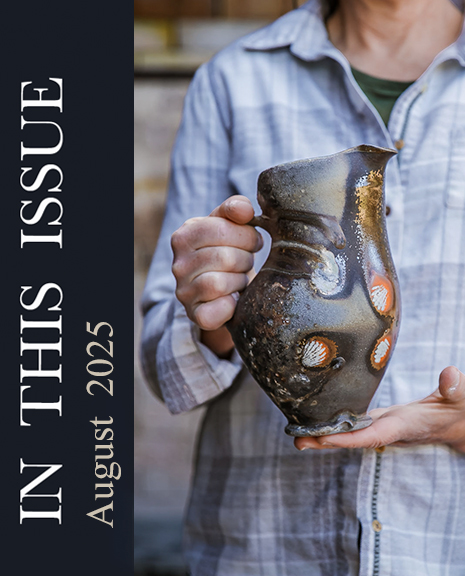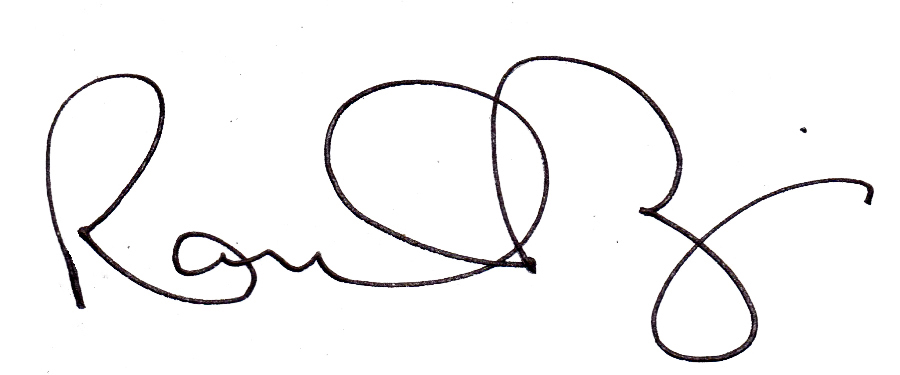 The narratives that Studio Potter publishes shape how our field remembers itself. And like all good pottery, it carries the imprint of the hands involved. The first hands that shaped this month's publication came from generous support through donations to our 2024 year-end appeal. Readers wanted and championed wood-fire authorship. Because of your donations, Studio Potter is proud to present the second of two thematic issues dedicated entirely to the enduring and evolving practice of wood-firing.
The narratives that Studio Potter publishes shape how our field remembers itself. And like all good pottery, it carries the imprint of the hands involved. The first hands that shaped this month's publication came from generous support through donations to our 2024 year-end appeal. Readers wanted and championed wood-fire authorship. Because of your donations, Studio Potter is proud to present the second of two thematic issues dedicated entirely to the enduring and evolving practice of wood-firing.
As editor, I’m acutely aware of the privilege my hands hold in shaping a vision of our community. I aim to publish three articles each month, thoughtfully curated to reflect the depth and diversity of our field. But sometimes, three simply isn’t enough. The richness of submissions for this month’s wood fire issue made that clear. A single release could not accommodate the abundance of voices, perspectives, and lived experiences. Because of this, we will follow up with a THIRD installment, another wood fire issue dedicated to the stories we couldn’t yet include.
In every issue, I strive to balance geography, gender, genealogy, and more, always with the goal of presenting a fuller picture of who we are as a community. And yet, I recognize that gaps remain. This month’s issue, for all its strengths, still feels like it’s missing voices. Are you one of them?
If so, I hope the work I’ve done here has earned your trust. My role is not just to edit stories but to help you shape them, to hold space for what matters most in your lived experience. If you have a story to tell, please reach out. Let’s continue the work of ensuring that all voices, in all their complexity, are heard.
This issue brings together four artists whose work and words capture the depth, complexity, and emotional resonance of firing with flame. Each story is shaped by the heat of lived experience and the vulnerability of sharing one's practice. Our vessels hold many things, and this issue is no different in its capacity to hold space for multiple truths to emerge.
Tara Wilson, writing from her Montana studio, reflects on the pacing, presence, and philosophical weight that surrounds the kiln. Jim McDowell offers an intimate and expansive oral history that weaves autobiography, politics, and spiritual legacy into his wood-fired face jugs. Carey Nathanson details his mentorship with Nick Schwartz, whose open-door, community-centered approach to wood-firing deeply influenced Carey’s understanding of artistic practice. Euan Craig, writing from Japan, offers a global perspective on tradition and preparing one's kiln for environmental disasters like earthquakes.
Together, these contributions position wood firing as a philosophy. It is one that binds process to patience, labor to legacy, and vessel to voice.

Randi O'Brien, editor and executive director
